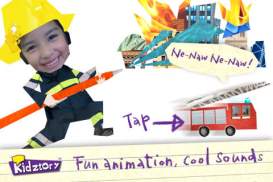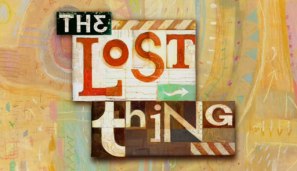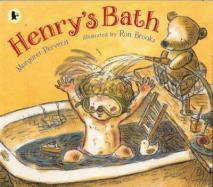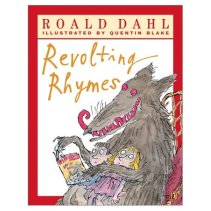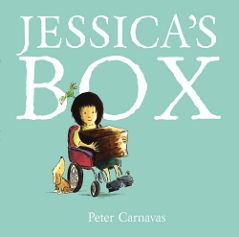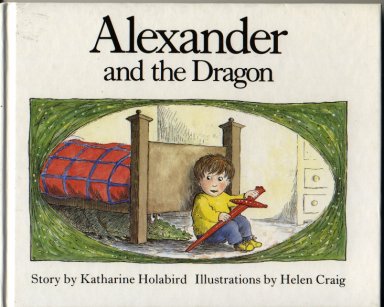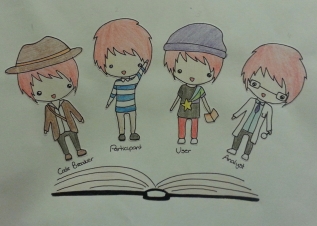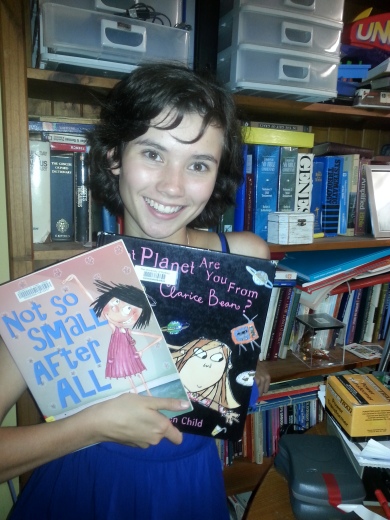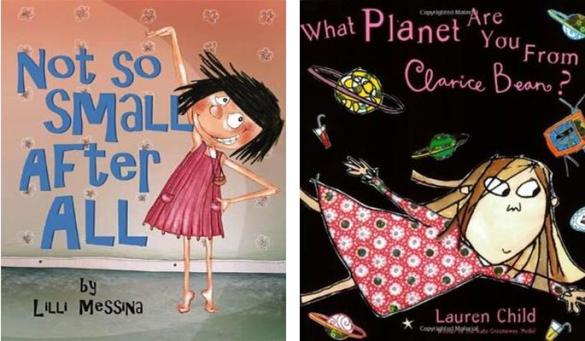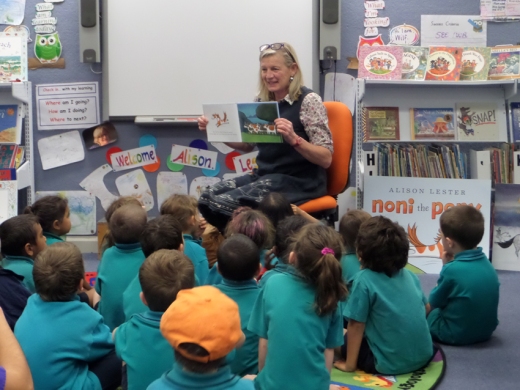What Are Multimodal Texts?
Multimodal is defined in the Australian Curriculum as the strategic use of “two or more communication modes to make meaning”
(O’Brien, 2014)
These texts are becoming increasingly prevalent in modern society and thus it is crucial that educators not only comprehend the nature of multimodal texts, but also the most comprehensive teaching strategies to impart that understanding to their students. Callow (2014), emphasised that multimodal texts can be paper based, digital, live or transmedia, highlighting the pervading influence of such texts and the critical role of educators in ensuring that students are able to critically analyse, and gain meaning from this form, and thus, gain a greater and more sophisticated literary understanding. Multimodal texts allow the reader to more obviously utilise the four reader roles as described by Winch (2010), actively engaging, utilising and participating in the text and utilising the code-breaking skills learnt in the classroom in new ways. Despite their obvious applicability in the classroom, as with any text, teachers must make certain that the multimodal texts they select are appropriate and sophisticated, developing the children’s literacy skills. To this end, educators should apply Mallett’s (2010) ‘criteria for choosing’ (p. 25); a cohesive design and layout, strong narrative and originality, thereby ensuring that the children gain a comprehensive and detailed understanding of ‘quality’ multimodal texts.
Reference List
Callow, J. (2014). Building a digital repertoire of resources for teaching literacy. Lecture, The University of Sydney.
Mallett, M. 2010. Choosing and using fiction and non-fiction 3-11. London: Routledge.
O’Brien, A. (2014). creating multimodal texts. creating multimodal texts. Retrieved 1 June 2014, from http://creatingmultimodaltexts.com/
Winch, G., Johnston, R. R., March, P., Ljungdahl, L. and Holliday, M. 2010. Towards a Model of Reading. In: Winch, G. eds. 2010. Literacy. 4th ed. South Melbourne, Vic: Oxford University Press
IPad App Review: When you grow up – a you’re-in-the-story book!
‘When you grow up – a you’re-in-the-story book!’ is an app designed to engage children within the text and thereby encourage their literary development. It takes a photo of the child’s face and uses them as the main character of the story, which is focused on the variety of careers available to children when they ‘grow up’, including being a fire-fighter, an artist, and an astronaut. The story features colourful illustrations, sound effects and engaging animations which enhance the text and hold the student’s interest. The app is a significant aid to literacy development utilising rhyming words and repeated phrases to assist early readers in phoneme and phonemic awareness of high frequency words, in addition to providing ‘read to me’ and ‘read by myself’ options which allow the child to vary the difficulty of the app and thus expand upon their reading and literacy ability.
‘When you grow up – a you’re-in-the-story book!’ (Released 27th February, 2011) ($1.29)
*To find more apps which have been identified as beneficial to literacy development go to iPads for Learning from the Department of Education and Early Childhood Development, designed by the State Government of Victoria.
Multimodal Video Clip: The Lost Thing
The Lost Thing is a perfect example of a multimodal text, wherein the director has taken an existing picture book and adapted it to suit a short animated film without losing the meaning intended by the author, Shaun Tan. The picture book utilised a combination of image and text to highlight complex themes, such as isolation, acceptance and the importance of imagination, a concept Tan and Ruhemann did not lose when adapting it to suit the film style.
The short films use of animation, sound effects and narration is certainly demonstrative of a multimodal text which would be a significant aid to any educator’s lessons relating to multimodality. It encourages children to understand the importance of combining the various elements of a text in order to gain a comprehensive understanding of its meaning whilst also reinforcing key literary concepts including story structure, description, and text construction.
Educators using this film as a resource would be encouraged to accompany it with analysis activities, modelling to the students how to gain understanding from such a text through joint construction before allowing them to attempt the work on their own.
Book Review: Henry’s Bath by Margaret Perversi
Henry’s Bath is a picture book written by Margaret Perversi and illustrated by Ron Brooks. The story is about a young boy named Henry who doesn’t want to have his bath and the various antics which result.
Although the language of the text is simple, the repeated phrases and accumulation of animals will appeal to early primary readers. The farm animals, including goats, cows and ducks, engage children, particularly those from the city who may not have many experiences with such animals. The sepia drawings are beautiful, detailed and exciting, and demonstrate the use of images to enhance the text, allowing the story to be developed without adding further text which might intimidate beginning readers.
Henry’s Bath is a simple, yet interesting book particularly well suited to kindergarten readers, allowing them to develop their literacy skills through quality children’s literature.
Book Review: Revolting Rhymes by Roald Dahl
Revolting Rhymes is a collection of traditional tales, with a twist, written by Roald Dahl and illustrated by Quentin Blake. It contains six fairy tales; Cinderella, Jack and the Beanstalk, Snow-White and the Seven Dwarfs, Goldilocks and the Three Bears, Little Red Riding Hood and the Wolf and The Three Little Pigs; which have been adapted to contrast the usual simple story. Goldilocks and the Three Bears, for example, begins with the suggestion that Goldilocks was at fault and should, in fact, be put in jail. Dahl twists the story to illustrate how badly Goldilocks behaved throughout the story, listing her ‘crimes’ and altering the ending to have her eaten.
The illustrations are detailed and entertaining, well suited to the story and engaging for readers of all ages. The text is written as a poem which greatly aids beginning readers through the use of rhyming patterns, expanding their vocabulary by using sophisticated language and unusual words. The use of well known stories allows the reader to make assumptions and connections to the text, assumptions which are often challenged in Dahl’s interpretation.
Revolting Rhymes is a fun and engaging text which will have particular appeal to primary age boys, allowing them to find new interest in stories that they have, in most cases, lost interest in.
Book Review: Jessica’s Box by Peter Carnavas
Jessica’s Box is a children’s picture book written by Peter Carnavas for the Cerebral Palsy Alliance. The story is about a little girl’s attempts to make friends during her first week at school. Jessica initially tries to make friends by bringing different things to school in a box but finds any relationships formed fleeting. She becomes increasingly discouraged until one day she takes nothing at all in her box and discovers that true friends don’t come from things.
The water colour and pencil drawings are emotive and engaging, and Carnavas’ use of colour reflects Jessica’s emotions and experiences developing a deep connection between the character and the reader. The text utilises contrasting size and placement to create emphasis, “Ta-DAAA!” and the sophisticated language expands the student’s vocabulary.
Jessica’s Box is a heart-warming and engaging book which encourages the reader to look beyond material possessions to the person, reflecting the fears experienced by all children starting school. Furthermore, Jessica’s disability, shown through her wheelchair, is particularly relevant to early primary readers encouraging them to understand that those with a disability are not different but experience the same fears and excitement as anyone else, and need friendship.
